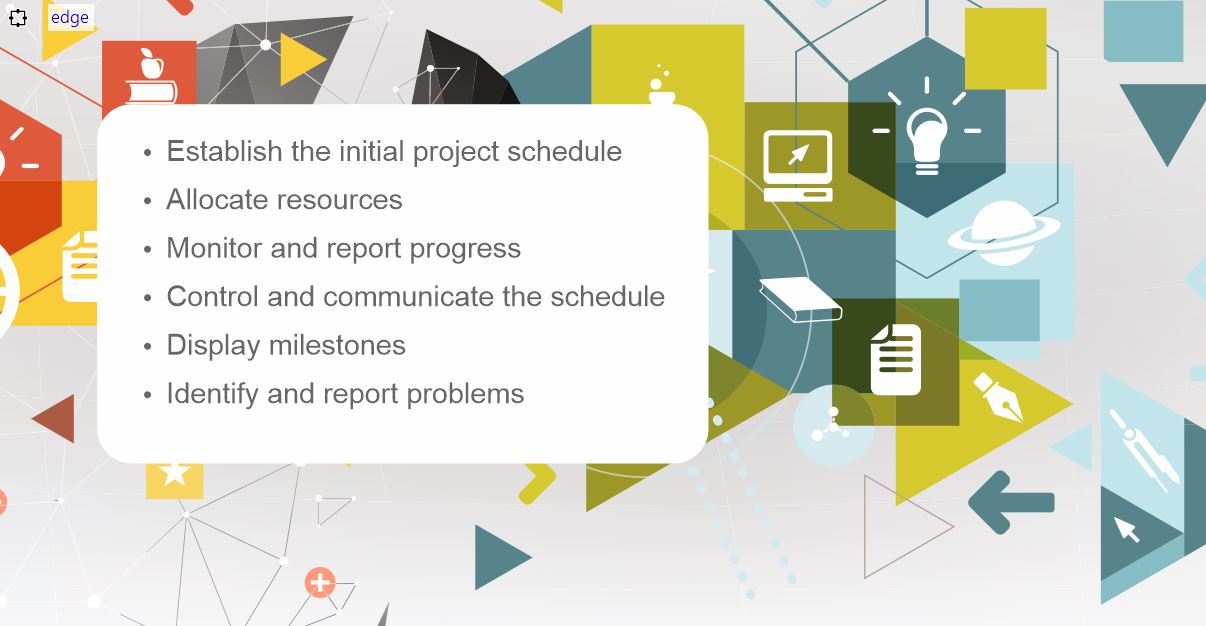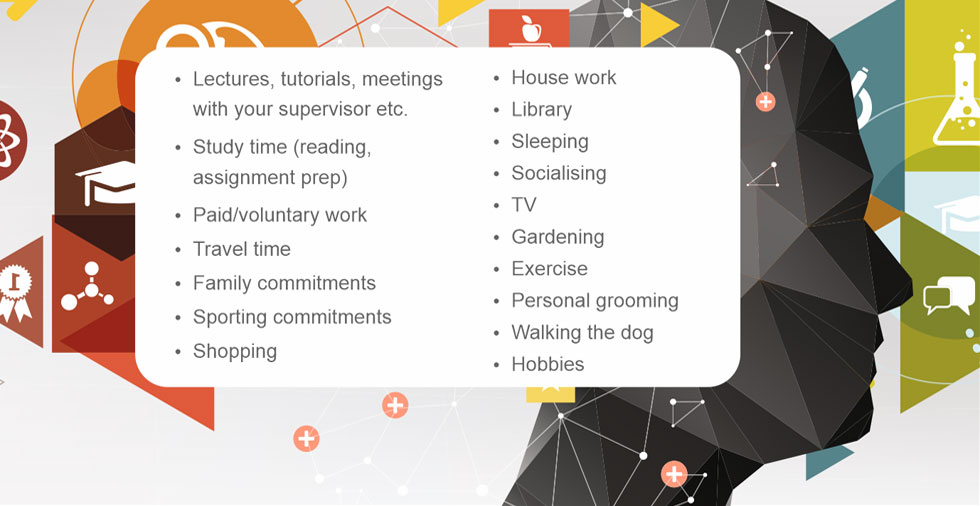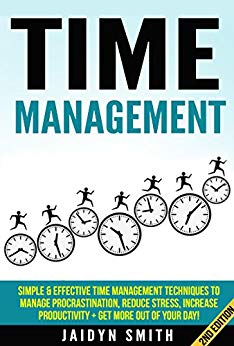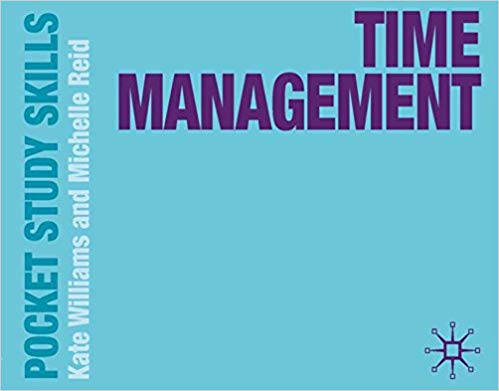Time management
The time you have to complete your project is your most important resource. It is crucial therefore that you use your time wisely and efficiently.
Personal time management enables you to:
- reduce time wastage;
- be adequately prepared for meetings with your fellow students or supervisor
- allocate the appropriate amount of time to a particular task;
- monitor the progress of your research project;
- efficiently plan each week using the time management weekly planner (see below);
- realistically plan your year(s) of study.
- prevent procrastination
- reduce stress
Download the Time Management Top Tips after watching the video to help reinforce your learning.
Download a summary of Time Management – Top Tips.
Planning your dissertation
Planning your dissertation is like going on a journey, and like a journey you need to plan where to start and how to get to your destination. It is a good idea to have a Plan B of what you might do if things don’t go according to plan. This will help minimise stress and the risk of not completing your dissertation on time. The following video has some useful tips about how to manage your time effectively, including dealing with procrastination.
Source: University of Reading
Step-by-step dissertation planner
You may find the University of Southampton Dissertation Planner helpful in your planning of your dissertation. The Dissertation Planner is a step-by-step guide to help you write a dissertation from starting to think about your question through to final submission.
The library has books on planning your dissertation which you might find useful. Use the library’s online catalogue, to find the books and their location in the library.
Developing a dissertation timetable
As part of your studies, you may be required to develop a suggested dissertation timetable. Good time management is even more important when it comes to creating a realistic timetable for your dissertation. You should discuss this with your Supervisor before you do this.
Stages of your research project might include:

- subject/topic selection
- completion and agreement of research proposal
- obtaining health and safety clearance and ethical approval for your study
- completion of the literature review
- carrying out any necessary pilot study
- reviewing/refining any data collection method following the pilot study
- data collection, handling and analysis
- reparation of the first draft of your dissertation report
- reparation of the second draft of your dissertation report
- preparation for the ‘viva voce’, if applicable. Note that most taught masters programmes do not have this form of assessment, but research masters and PhD programmes do
Keeping track of your project over the lifespan of your dissertation
There are various tools for charting the progress and keeping track of your project over the lifespan of your dissertation. Here are two different methods Gantt and Pert Charts.
Gantt Charts
A Gantt chart is a timeline of a project. It displays information visually as a type of bar chart in a clear and easy-to-understand way and is used for the following activities:

The Chart usually includes the following features:
- A time scale is drawn on the bottom or top of the chart.
- Tasks or activities are shown on the left hand side.
- A horizontal open bar is drawn against each activity highlighting its duration. The bar can be coloured to identify a specific activity. Floats can then be included as a grey shade on the bar.
- Dependency between tasks is clearly evident at a glance.
- When the project is reviewed at particular times the bars can be shaded to identify actual time spent on the task. An alternative is to represent actual and estimated time by two separate lines.
- A Gantt Chart can be produced in Microsoft Excel.
Set up a basic Gantt chart – watch this video from LinkedIn Learning [University of Southampton login required]
Pert Charts
Using a PERT chart can also help you manage your research over the next one to three years. To produce a PERT chart, you must:
- identify the main activities or tasks that must be undertaken to complete studies;
- place the tasks in the correct sequence;
- estimate the time required for each task;
- highlight milestones at the end of particular tasks;
- produce a network diagram;
- identify the critical path;
- update the diagram as the project progresses.
How do you allocate your time each week?
A good strategy for managing your time is to note how much time you spend on daily activities such as eating, sleeping, travelling to university etc. A weekly planner of your activities is the linchpin that holds your time management together and will help you see how much time you have left to study after completing these activities. Like budget management, it is important that you list everything no matter how small or insignificant as it will give you a more realistic picture of how much time you have.
Think about all of the things that you might need to do during the week as shown in the illustration below. Then download the sample weekly planner below or create your own to help you plan.

Download the time management weekly planner
Procrastination
“I’ll do it tomorrow…I still have plenty of time…” Sounds familiar? It happens to all of us. It is also a symptom of poor time management so unless you can do today what you might put off until tomorrow, it is unlikely you will complete your project on time. So watch out for the procrastination thieves who steal your time! A useful technique to defeat procrastination is to use the Pomodoro Technique.
The following video gives an overview of the Pomodoro Technique which is a great technique to manage procrastination and improve your productivity.
Pomodoro
Read this article for an academic’s experience of using the Pomodoro Technique along with another technique called the Getting Things Done (GTD) Method in the following article:
- Powell, T,. (2021) The secrets to staying productive when you have a big project. The Muse. Available at: https://www.themuse.com/advice/the-secrets-to-staying-productive-when-you-have-a-big-project [Date accessed 17 June 2021]
Books on Time Management
The Library has also has books on time management which you might find useful. They cover simple and effective time management techniques to manage procrastination, reduce stress and increase productivity. A few of the titles are mentioned below. Use the library’s online catalogue, to find the books and their location in the library.
The next section is about managing risk.







